No Contest: Taipei MRT Vs. Los Angeles Metro
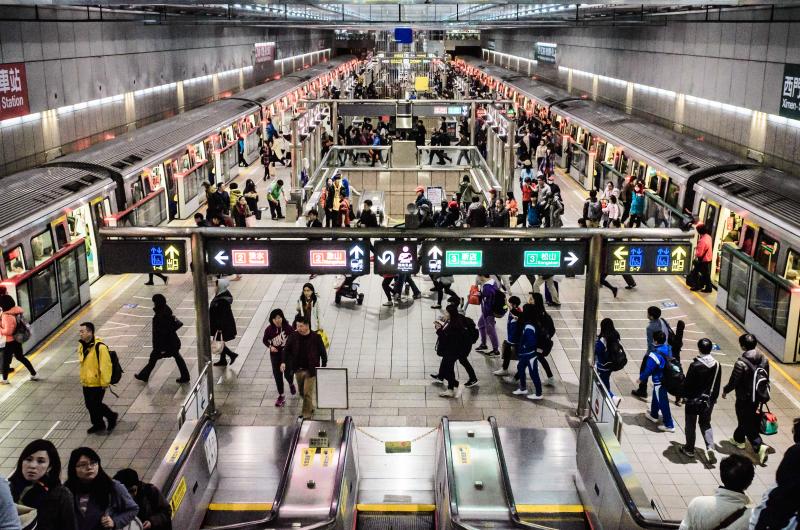
While I’ve only been exposed to American transit systems all my life, I’ve already come up with a huge list of problems I have with public transportation, particularly with Los Angeles County’s Metro System. I mean, when it’s forecasted to take 20 years to extend the Purple Line a mere eight miles and Beijing was able to add 235 miles of track in just seven years (that’s more track than the entire New York City subway), it seems comical that local leaders were so excited during the Purple Line Groundbreaking late last year.
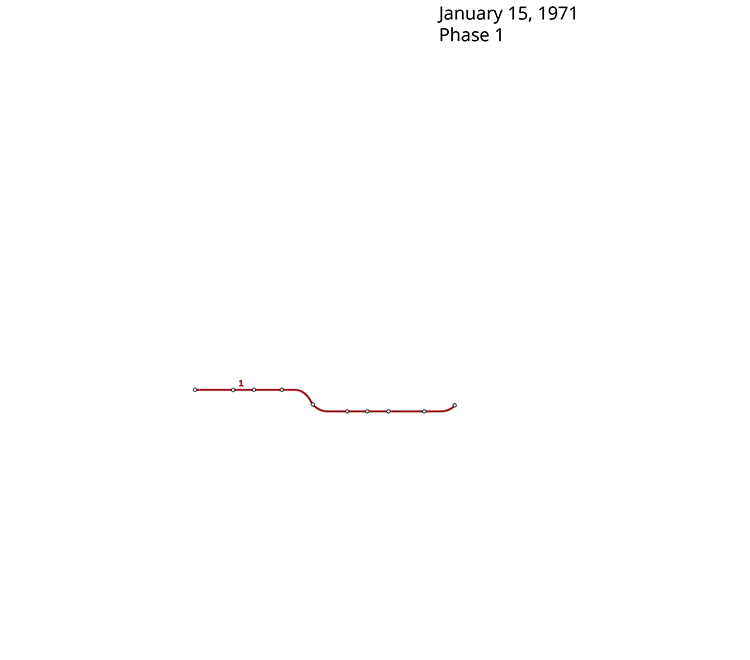
Here’s just a few observations I made during my stay in Taipei.
Note: These are just observations based on my own personal experiences. Your own observations may be different. Also, I’m a Taiwanese-American and a public transportation advocate.
Safety:
Taipei’s MRT has platform screen doors at most stations. These are basically panels that only slide open once the train has arrived and opened its own doors. When the train leaves, the doors close to prevent anyone from falling into the tracks, whether accidentally or intentionally. Lights on top of the gates also flash when trains approach and depart, and a loud warning tone is also played from speakers above.
Here's an example of a train arriving at Taipei Main Station. The warning sound at 00:14 is for the train on the other side of the platform. Notice how people follow the painted signs on the ground telling them where to stand and how door closing announcements are made in four different languages at 00:42.
Some may worry that if there’s an emergency, it would be impossible to get everyone off a train since the doors are designed to open only if the train has stopped at the right spot. But the walls in between the doors all have emergency release handles on the train side so passengers can get out.
These gates are absent in Los Angeles and throughout transportation systems throughout the the United States. Why? Officials say it’s because these doors are too expensive to build. And these wouldn't be too useful since Metro officials decided to build sections of the Expo, Gold and Blue Lines at street level, so anyone can walk onto the tracks. That's why the Blue line is one of the deadliest light rail lines in the nation, where over 120 people have died in the past two decades.
But honestly, even putting a worker out on the platforms to watch over everyone could decrease the number of deaths or incidents per year.
During rush hour in Taipei, there are security guards at both sides of the platform to make sure trains run smoothly and immediately report any issues that may arise. So if someone does fall in, they can immediately alert MRT operators and stop trains to prevent deaths on the tracks.
Cleanliness:
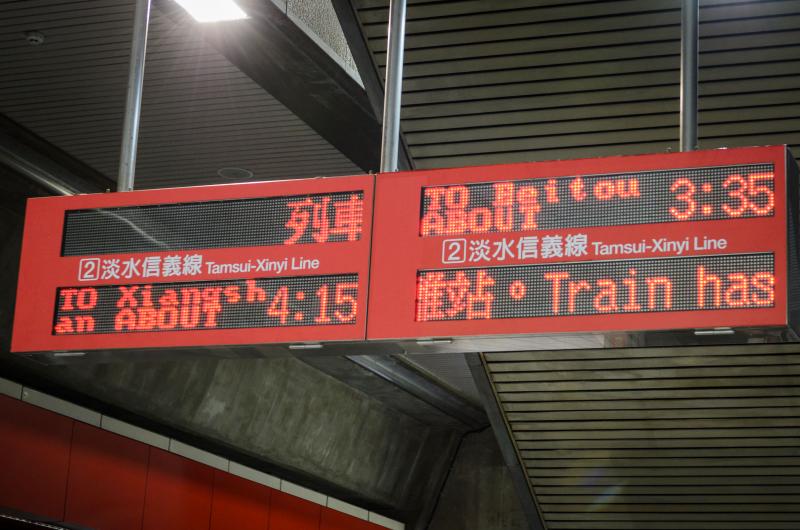
This may primarily be a cultural difference but there are some design choices that MRT planners in Taiwan have made that prevent dirtiness throughout the system.
You know that lovely stench that hangs around busses and trains in the United States? Yeah, that doesn’t exist in Taiwan because they use plastic seats and flooring, instead of trying to make the seats more comfortable with thin cushioning. Accidentally spill your coffee on the train? No problem, it won’t seep into the seat and become impossible to clean out.
Sure, you could say they're not as comfortable. But honestly, the cushioning hardly does anything and what’s the point of public transportation, comfort or getting people around?
Remember those platform screens I talked about earlier? They also help prevent trash and dirt from getting sucked in and out of the tunnels as trains come and go so platforms are considerably cleaner as well.
As with Los Angeles Metro, it’s illegal to eat or drink on Taipei’s metro system. And while I never saw any police officers or Metro officials checking in on the trains, it’s socially unacceptable to eat on the train. Basically, everyone will stare at you and give you disgusting looks if you do, according to my friends who have accidentally done so. It’s a sort of self-enforcement, so to say, and something that’s mostly due to cultural differences between the two nations.
Train Design:
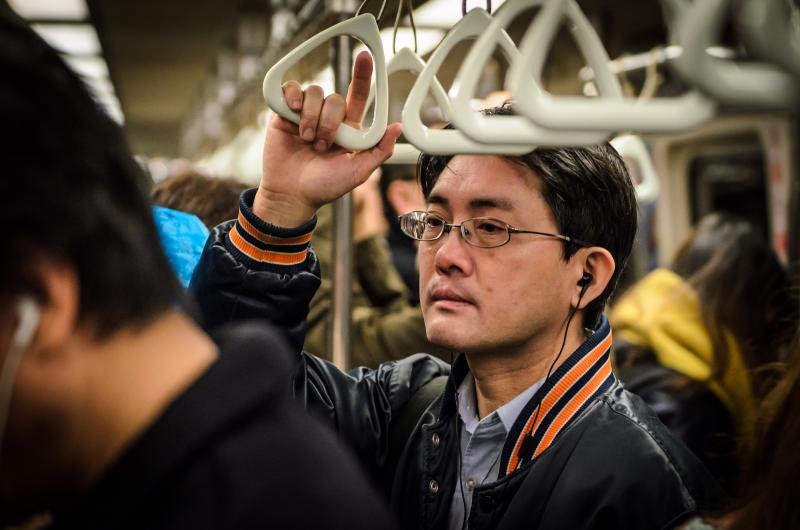
Most seats also face toward the aisle so you don't have to climb over someone to get out. This design also allows for wider aisles and thus, more standing room for passengers during peak hours. Sure, you have fewer seats but remember, this is a mass transit system designed to move tens of thousands of people around per day. Would you rather miss a train because it’s too full or get a place to stand on the train?
It’s also possible to travel the entire length of the train without having to open a single door. Not only does this make it easier to travel between cars, but it also decreases congestion each car as riders can easily move out of a packed area.
Ground to ceiling support beams split into three different poles so there’s more things to hang onto when the train is travelling. There are also never-ending lines of handholds around an inch away from each other hanging from horizontal support beams.
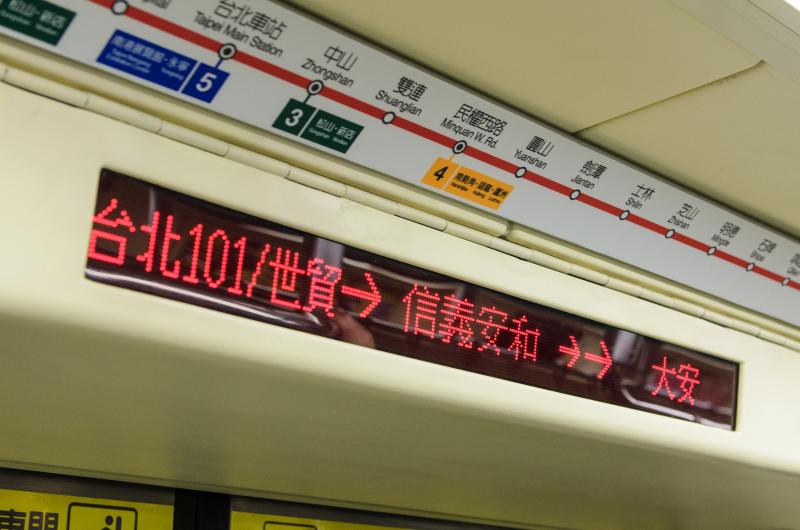
You’ll never have that problem in Taipei. First of all, there’s a display above each door that tells you which station you just left, the next station and the station after that. So you’ll know two stations in advance when to prepare to get off. The display also has an arrow for direction of travel that corresponds with a map above.
Instead of having a train operator make the announcements for each station, destinations are made by a relatively loud recording in case train operators speak too softly (I can’t even remember how many times train operators are so soft I can’t understand anything they’re saying). They’re also made in four different languages: Mandarin, Taiwanese, Hakka and English.
Line Layout:
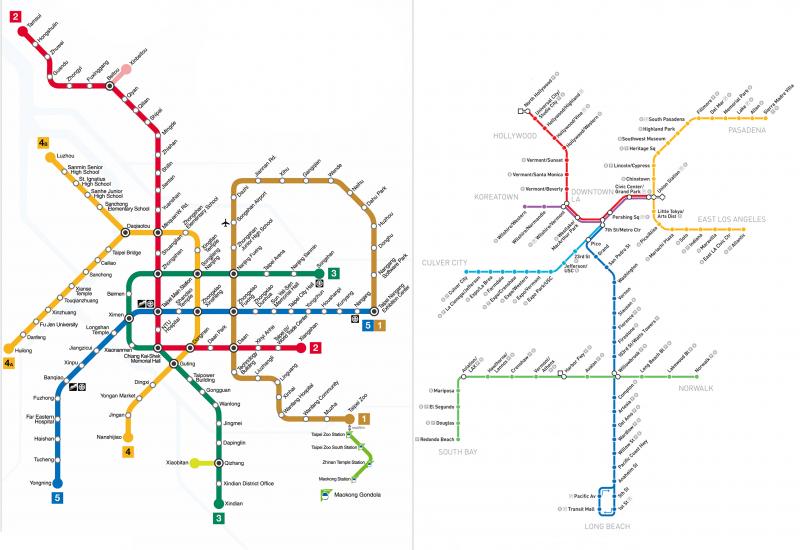
In Los Angeles, most of the lines converge downtown, whether at 7th Street/Metro Center or Union Station. This means if you’re trying to get from say, LAX/Aviation Station to Culver City Station, you would have to take the Green Line to the Blue Line into downtown, transfer onto an Expo Line train and then wait until you get to the end of the line. This trip would take around an hour and a half, according to Google. And the two stations are only around seven miles apart. Why does it take so long? By putting most transfer stations in Downtown, a lot of time is wasted headed east or west toward them if you’re just trying to travel north or south.
Taipei on the other hand, has so many lines intersecting one another that transfer stations are scattered throughout the city. So there’s less time wasted traveling toward a transfer station instead of to your actual destination.
Each line also runs on its own tracks instead of sharing them with other lines. As a result, there are more trains running in each line and thus, less congestion on each platform and shorter wait times for each train. So if you miss a train in Taiwan, it’s not a huge issue since there will be another one arriving within two to five minutes. But if you miss a train in Los Angeles, it’s not uncommon to have to wait more than 10-15 minutes for the next one to come.
Station Design:
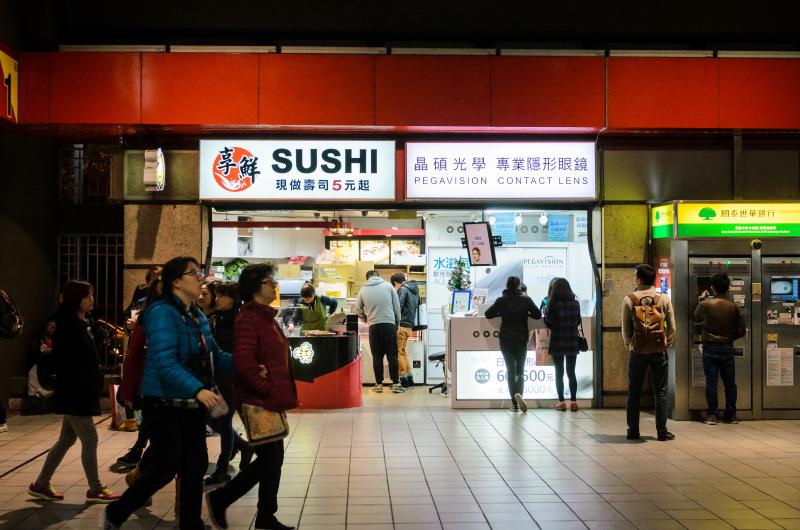
Some stations are also integrated directly into shopping centers, tourist destinations or restaurant areas. Take Taipei Main Station for example. You can transfer to another line there, get on the high-speed rail, transfer onto bus lines, go shopping in the underground malls or a Shin Kong Mitsukoshi department store across the street, or grab a meal at one of the restaurants on the second floor. Basically, stations aren't simply just something you pass through on your journeys. They're well lit, clean, inviting, have free WiFi and cell service underground. They not only promote the Metro system itself but also the community around it.
The stations and systems as a whole are also very friendly for non-Mandarin speakers. All signs are in Traditional Chinese, of course, but also have English directly underneath. And there’s so many signs everywhere that clearly direct you towards exits, restrooms and other parts of the station that it’s really hard to get lost.
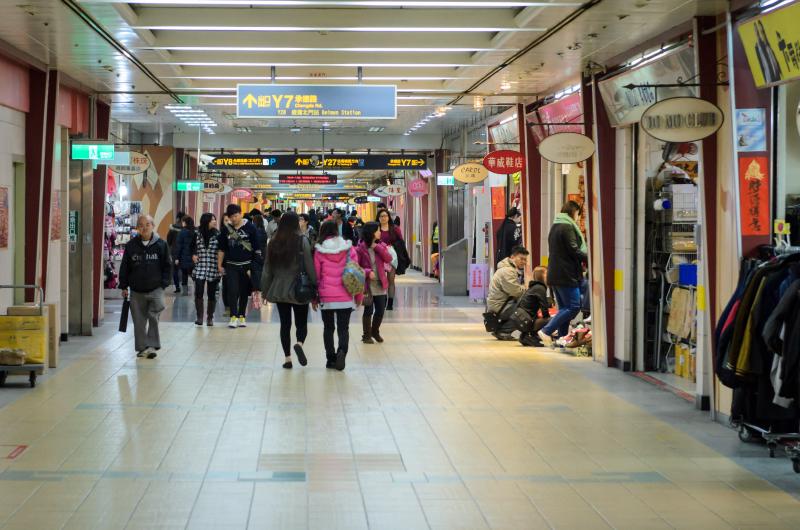
Ticketing and fare collection is just so much easier as well. Instead of forcing everyone to buy something like a TAP card that you might forget at home or not know how much value you have, you purchase a little one-use token that you scan to enter the gates and deposit in a slot to exit. And when you do buy the tokens, the ticketing machines have a map with how much it costs to travel to each station so you don’t have to spend time calculating how much you’ll have to spend on each trip.
This video shows the token system in Kaohsiung, a major port city in the south of Taiwan. Taipei follows a similar system.
Alternatively, there is the EasyCard for more frequent riders, which is basically a better TAP card that works with Metro and bus systems in Taipei, along with many more around the country. You can buy them at any station or convenience store like 7-11 and refill them there as well.
Conclusion:
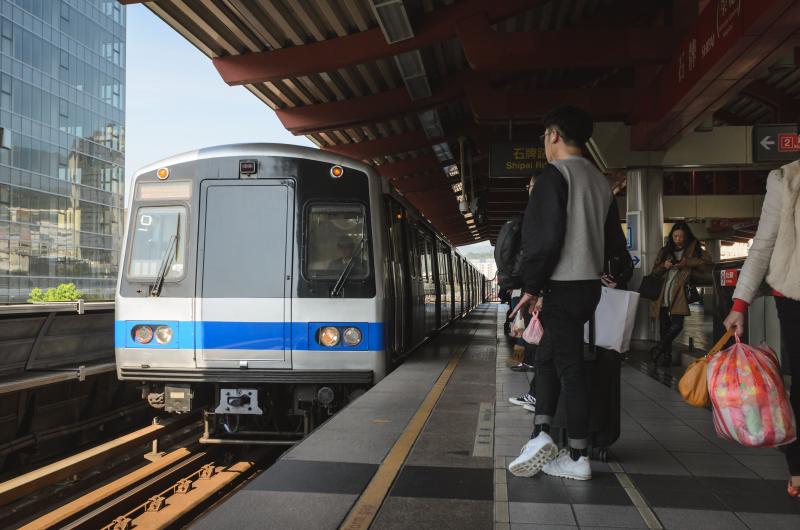
Taipei MRT is also run by the Taipei Rapid Transit Corporation, a private company, while Los Angeles Metro is run by the Los Angeles County Metropolitan Transportation Authority, a public company that also oversees bus and other transportation operations in the region. So TRTC can focus on just perfecting its metro system in Taipei while LACMTA has to focus on multiple systems across a massive land area and through multiple cities, which has stirred up quite a bit of controversy before.
There’s also a huge cultural difference between Taipei and Los Angeles. If Taipei’s complex and innovative system was implemented in Los Angeles, I wouldn’t be too surprised to see rampant vandalism throughout the system. It already happens on basically every train and station - imagine what would happen if vandals had new things to break and destroy. Would it be cost effective in this case? And in Taipei, people don’t see public transportation as a nuisance. The car isn’t king and people actually understand that not every single one of them can drive a car every day and actually get around efficiently. Even the mayor of Taipei takes the MRT to work instead of the typical limo that politicians are so fond of. People don't play annoying music or talk loudly on the trains, making the overall experience onboard much more peaceful than how it is in Los Angeles. I feel like this is because in Taiwan, there's more of a focus on maintaining societal order and doing what's best for society over pursuing individual endeavors. At least, that's what I've noticed during my upbringing in a Taiwanese family.
There’s a near limitless list of conditions to consider but I’ll leave you with these for now.
Reach Contributor Benjamin Dunn here, or follow him on Twitter.



